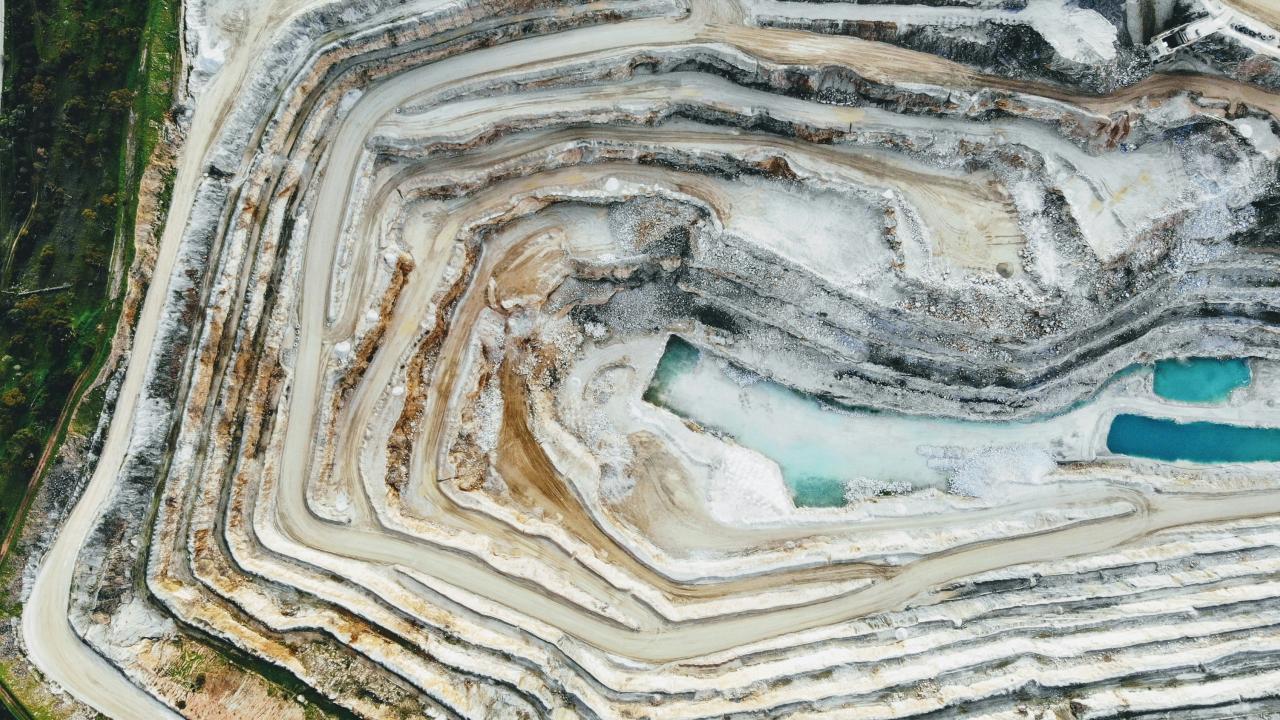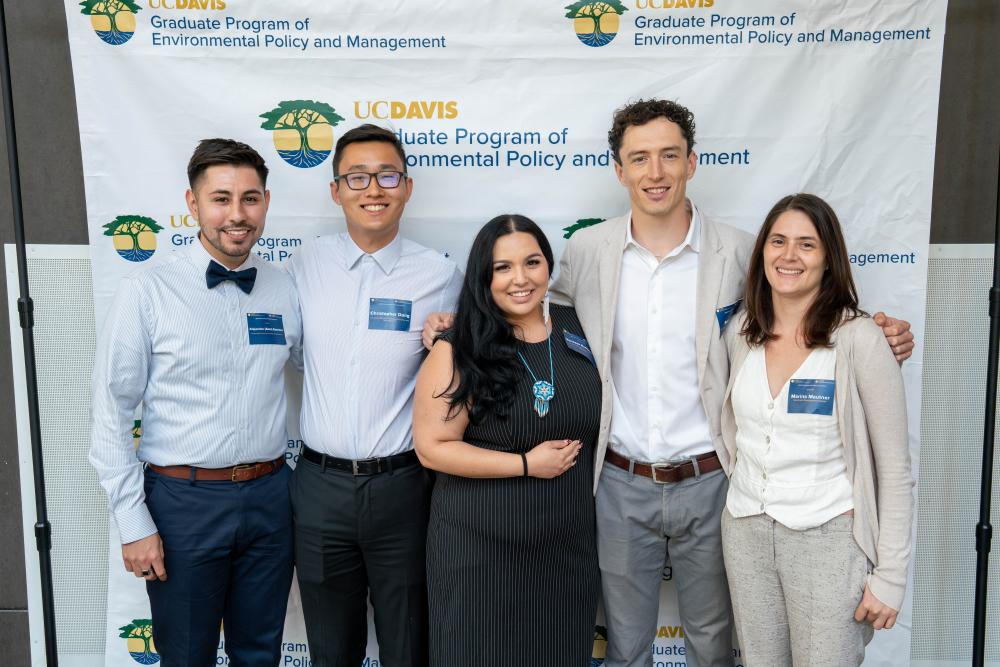
Unearthing green energy tensions: Mapping the social and environmental impacts of lithium mining in the Americas
As the world rushes toward a clean energy future, there's a growing concern coupled to progress: the very materials fueling the green transition—like lithium—can also deepen environmental and social injustices if we’re not careful about the way we extract them. Our project with the Stockholm Environment Institute (SEI) sets out to investigate this tension by mapping and analyzing the social and environmental consequences of lithium mining across the Americas. We explore a critical question: How can we create a decarbonized future without perpetuating exploitative resource extraction practices? In this blog post, we share why this work matters, what we’ve discovered so far, and how we’re centering equity and inclusion.
Why we’re excited about this project
Working alongside SEI—a global nonprofit respected for bridging science and policy—we’ve had the unique opportunity to dig deep into one of the most urgent yet under-examined dynamics in climate action. Lithium powers electric vehicles, stabilizes renewable energy grids, and underpins the entire decarbonization agenda. But while the climate benefits are global, the environmental and social costs are local—and often hidden.
Our team of UC Davis researchers is excited to shine a light on these hidden costs and elevate the voices of Indigenous and frontline communities impacted by mining. We believe this is where climate policy must evolve: integrating justice, transparency, and local empowerment into the clean energy transition.
A mix of maps, voices, and views from the sky
Our report, Mapping the Social and Environmental Impacts of Lithium Mining in the Americas, combines geospatial analysis, stakeholder interviews, and case study comparisons to evaluate how and where harms are occurring.
Here’s what we’ve done…
Mapped 100+ lithium mine sites using USGS and satellite-image-verified data, focusing on active and developing lithium extraction projects across North and South America.
Overlayed water stress projections from Aqueduct 3.0 to identify future vulnerabilities—like California’s Salton Sea, which faces extreme water scarcity under climate change, even if lithium developments there are halted—and also conducted biodiversity analysis, and assessed the native lands impacted using data from Native Lands Digital.
Conducted interviews with agency executives, regulators, and campaigners in Argentina and the U.S., gathering first hand insights into social fragmentation, labor inequities, and gaps in environmental oversight.
Analyzed case studies in the Lithium Triangle (an important lithium producing region at the border of Chile, Argentina, and Bolivia), Imperial Valley (California), Nevada, and Brazil to show how air pollution, ecosystem degradation, and water extraction are compounding risks for marginalized communities.
Through this multi-layered approach, we’ve been able to connect the dots between mine siting decisions, environmental stress, and inequitable outcomes across borders.
Here’s a few things we’ve found so far…
Water use is staggering: Some lithium projects in Argentina extract more water in a year than nearby communities use in three decades (Global Press Journal, 2024).
Water stress is already getting worse due to climate change. In the Imperial County region of California, climate models predict that water stress will be exponentially worse by 2040, casting doubt on the viability of lithium extraction in the region.
Air quality is deteriorating: In Imperial County, CA—where a major lithium project is developing—childhood asthma rates are already double the national average (UC Santa Cruz, 2024). This is primarily due to airborne particulate matter, such as dust from arid lakebeds like the Salton Sea, in conjunction with agricultural pollution and industrial emissions that exacerbate respiratory ailments. (Green et al., 2024).
Indigenous knowledge is undervalued: In Chile and Argentina, sacred landscapes are threatened by lithium brine pumping, yet traditional ecological knowledge is rarely incorporated into project planning or impact assessments
Bringing an equity lens to clean energy
From the start, our team framed this project through the lens of environmental justice. We’ve sought to answer: Who benefits? Who pays the price? Our findings echo a growing call across climate advocacy and policy spaces: decarbonization will benefit everyone, but also shouldn’t disproportionately and negatively impact anyone.
This means:
Upholding Free, Prior, and Informed Consent (FPIC) for Indigenous communities.
Requiring revenue-sharing and job guarantees for local populations, through Community Benefits Agreements or other legally-binding agreements.
Ensuring multilingual and culturally responsive engagement.
Prioritizing community monitoring and oversight, especially in regions with weak regulatory frameworks.
So, what’s next?
We’re continuing to refine our geospatial models and analysis techniques to deepen our understanding of lithium’s regional and transboundary effects, such as through dust or pollution transport flows. As battery demand explodes (doubling or even quadrupling by 2030, by some estimates), we need new ways of anticipating where and how mining may expand—and how to protect those in its path. We also see tremendous opportunity in policy reform. From tightening environmental review standards to embedding equity metrics into permitting and investment decisions, there are levers governments can pull now to avoid long-term harm. The practicality of these approaches differs regionally due to variations in regulatory strength, political priorities, and community impact. For example, in areas such as the Salton Sea, California, and Thacker Pass, Nevada, there is a growing demand for equity-centered frameworks (Williams, 2022) and as our report unveiled, for strong Community Benefit Agreements (CBAs). Conversely, in Chile and Argentina, where lithium extraction is frequently motivated by national economic interests, the implementation of such standards may encounter significant institutional and political obstacles; nonetheless, across the Americas, activism from Indigenous groups and civil society is fostering pressure for reform (Mahiques, 2024).
The clean energy transition should not come at the expense of Indigenous sovereignty, community health, or ecological collapse. By better understanding the full impact of lithium extraction, we can chart a more just path forward toward a decarbonized future that benefits everyone.
📢 Call to Action

Are you a policymaker, researcher, or advocate working on critical minerals or environmental justice? Let’s connect. We welcome collaborators, interview partners, and allies who want to help shape a more equitable energy future.
👉 Explore our graduate program highlights and ongoing work here.
📣 Share this post to help advance green energy and justice.
This article is the sixth in a series of six that highlight Policy Clinic projects completed by EPM masters students in collaboration with our partners. On behalf of the Graduate Program of Environmental Policy and Management, we'd like to give special thanks to Marina Mautner and Laura Forni with SEI-US for your partnership.
